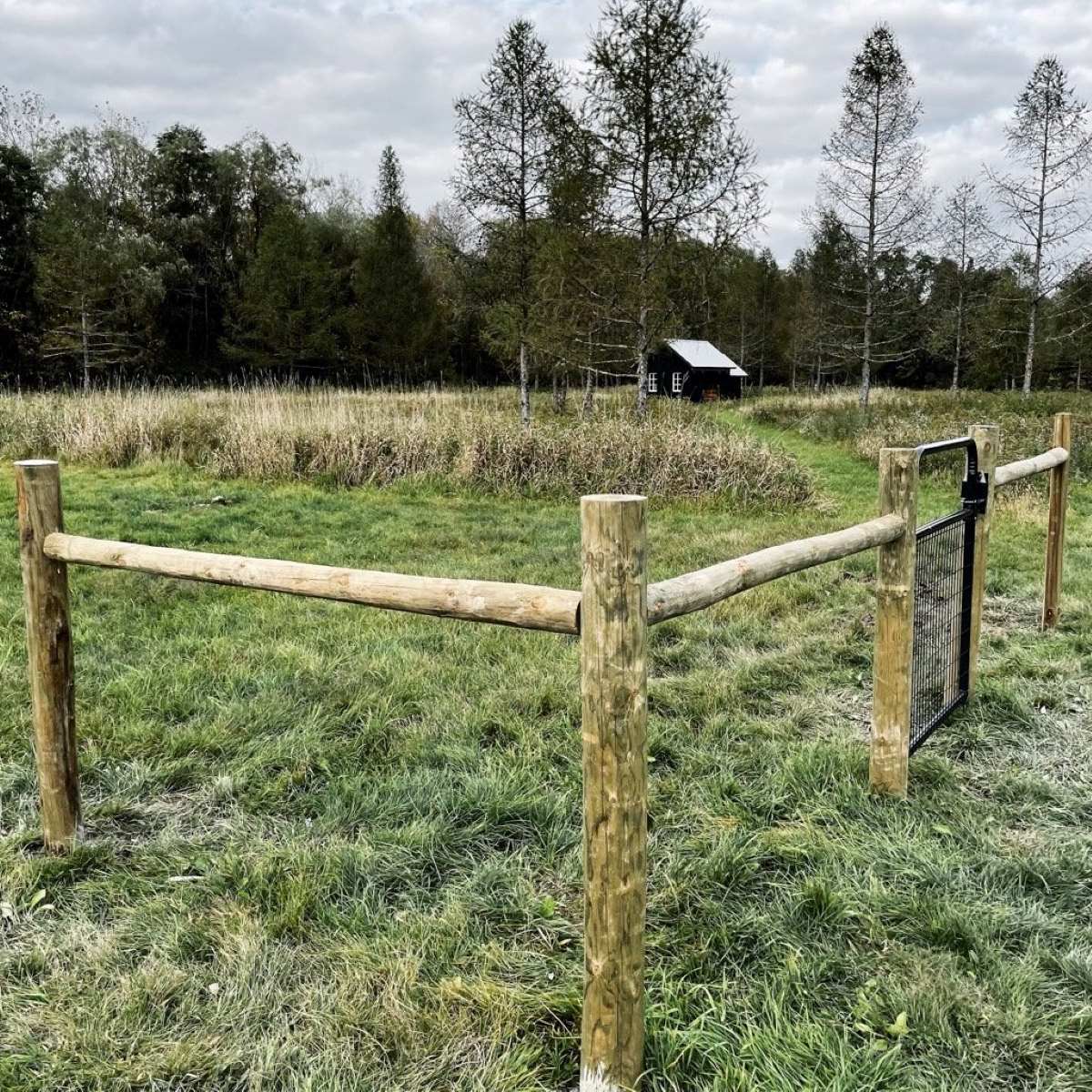

Articles
How To Brace A Fence
Modified: January 8, 2024
Looking for articles on how to brace a fence? Find helpful tips and step-by-step guides for strengthening your fence and preventing damage.
(Many of the links in this article redirect to a specific reviewed product. Your purchase of these products through affiliate links helps to generate commission for Storables.com, at no extra cost. Learn more)
Introduction
When it comes to maintaining the integrity and stability of a fence, proper bracing is essential. Fence bracing involves securing the posts and creating a support system to prevent leaning or collapsing, especially in areas with high winds or loose soil.
Bracing a fence not only ensures its longevity but also provides safety and security for your property. Without proper bracing, even a well-built fence can succumb to the elements or accidental damage, resulting in costly repairs or replacement.
In this article, we will discuss the importance of bracing a fence and provide a step-by-step guide on how to effectively brace a fence to ensure its durability and stability.
Key Takeaways:
- Properly bracing a fence is crucial for stability, longevity, and safety. It prevents leaning, extends the fence’s lifespan, enhances security, and saves time and money in the long run.
- By following a step-by-step bracing process, using the right tools and materials, and reinforcing the system, you can create a durable and dependable fence that withstands external pressures and provides long-term security.
Read more: How To Brace A Vinyl Fence Against Wind
Importance of Bracing a Fence
Bracing a fence is crucial for several reasons. Firstly, it helps to prevent the fence from leaning or collapsing under external forces such as strong winds, heavy rain, or accidental impact. By reinforcing the structure with braces, you can ensure that the fence remains sturdy and upright, even in adverse weather conditions.
Secondly, proper bracing can extend the lifespan of your fence. Over time, fences can shift and become unstable due to the natural settling of the soil, expansion and contraction caused by temperature changes, or the gradual weakening of materials. By implementing a reliable bracing system, you can counteract these factors and maintain the structural integrity of your fence for years to come.
Furthermore, bracing a fence enhances its aesthetic appeal. A wobbly or sagging fence not only looks unappealing but can also detract from the overall appearance of your property. By ensuring that your fence remains straight and upright, you can maintain a polished and visually pleasing exterior.
Another key benefit of fence bracing is improved safety and security. A well-braced fence reduces the risk of accidents and trespassing. It provides a solid barrier that deters unwanted intruders and keeps pets and children safely contained within your property.
Lastly, bracing a fence can save you time and money in the long run. By taking the time to properly brace your fence from the beginning, you can avoid costly repairs or replacement down the line. A well-built and well-maintained fence will require less frequent maintenance, allowing you to enjoy peace of mind and enjoy your outdoor space without constant worry.
Overall, bracing a fence is essential for ensuring its stability, longevity, safety, and aesthetic appeal. By investing the time and effort into implementing a reliable bracing system, you can protect your investment and enjoy a durable fence for years to come.
Tools and Materials Needed
Before you begin bracing your fence, it’s important to gather the necessary tools and materials. Having everything prepared beforehand will make the process smoother and more efficient. Here is a list of the tools and materials you will need:
- Post hole digger or a spade
- Tape measure
- Level
- Hammer
- Nails or screws
- Brackets or corner braces
- Diagonal bracing material (such as wooden boards or steel rods)
- Concrete mix
- Water
- Mixing container
- Shovel
- Work gloves
Make sure to have these tools and materials readily available before you start bracing your fence. It is also a good idea to wear appropriate protective gear, such as work gloves, to ensure your safety.
Keep in mind that the specific tools and materials needed may vary depending on the type of fence you have and the bracing method you choose. For example, if you are using metal fence posts, you may need specific brackets or connectors designed for that purpose.
Additionally, always consult any manufacturer’s guidelines or local building codes to ensure compliance and to determine if there are specific requirements or materials needed for bracing your fence in your area.
Once you have gathered all the necessary tools and materials, you are ready to move on to the next step of bracing your fence.
Step 1: Determine the Bracing Method
The first step in bracing a fence is to determine the most suitable bracing method for your specific fence type and situation. There are a few common bracing methods to choose from:
- Horizontal Bracing: This method involves using horizontal wooden boards or steel rods to reinforce the fence structure. Horizontal braces are typically installed at the top and bottom of the fence and provide added strength and stability.
- Diagonal Bracing: Diagonal bracing involves installing diagonal supports between the fence posts, creating an X or V shape to improve stability. This method is particularly effective in areas with high winds or loose soil.
- Corner Bracing: Corner bracing is used to strengthen the corners of the fence where the most pressure is typically exerted. Brackets or corner braces are installed at the corners, securing the fence posts and preventing them from leaning or shifting.
Consider the specific needs of your fence and your local conditions when deciding which bracing method to use. For instance, if you live in an area prone to strong winds, diagonal bracing may be the most suitable option. If your fence has weak corners, corner bracing can provide the necessary reinforcement.
It’s important to note that some bracing methods may require additional tools or materials. For example, horizontal bracing may require brackets or connectors to attach the wooden boards or steel rods to the fence posts.
Taking the time to carefully evaluate and select the appropriate bracing method will ensure that your fence remains stable and durable in the long run. Once you have determined the bracing method, you can proceed to the next step of setting the corner posts.
Step 2: Set the Corner Posts
Setting the corner posts is a crucial step in bracing a fence, as they provide the foundation and support for the entire structure. Follow these steps to properly set the corner posts:
- Locate the corners: Use a tape measure and stakes to mark the exact locations where the corner posts will be placed. Ensure that the corners are square by measuring diagonally from corner to corner.
- Prepare the holes: Use a post hole digger or a spade to dig holes for the corner posts. The depth of the holes should be at least one-third the length of the post and wide enough to accommodate the post and some concrete later.
- Set the posts: Place the corner posts into the holes and check for plumb using a level. Adjust the posts as necessary to ensure they are perfectly vertical. Temporarily brace the posts with stakes or support boards to hold them in place.
- Mix and pour concrete: Mix the concrete according to the manufacturer’s instructions in a mixing container. Add water gradually and stir until you achieve a thick, workable consistency. Pour the concrete into the holes around the corner posts, filling them completely and ensuring that the posts remain level and plumb.
- Allow the concrete to set: Let the concrete cure for the recommended time, usually 24 to 48 hours. Avoid placing any weight or strain on the posts during this time to allow the concrete to harden and provide a solid foundation.
Once the concrete has fully set and cured, the corner posts will be securely in place and ready for the next step of installing the horizontal braces. It’s important to take the time and effort to properly set the corner posts, as they will provide the stability and support needed for the entire fence structure.
When bracing a fence, use diagonal braces to provide additional support and prevent leaning or sagging. Make sure the braces are securely anchored in the ground and attached to the fence posts with strong hardware.
Read more: How To Use A Water Flosser With Braces
Step 3: Install the Horizontal Braces
Installing horizontal braces is an essential part of bracing a fence as they provide additional strength and stability. Follow these steps to properly install the horizontal braces:
- Select the material: Choose the type of material you will use for the horizontal braces, such as wooden boards or steel rods. Consider the durability and longevity of the material, as well as its compatibility with your fence type and design.
- Measure and cut: Measure the distance between the corner posts where each horizontal brace will be installed. Use a tape measure and a saw or cutting tool to cut the braces to the appropriate length. Make sure to double-check the measurements to ensure accuracy.
- Attach the braces: Position the first horizontal brace at the desired height on the corner posts. Use nails or screws to securely attach the brace to the posts. Repeat this process for each horizontal brace, evenly spacing them along the length of the fence.
- Check for level: Use a level to ensure that each horizontal brace is perfectly horizontal. Adjust the placement or use shims as necessary to achieve a level installation. A level brace is essential for maintaining the overall stability and appearance of the fence.
During the installation process, it is important to keep the horizontal braces parallel to the ground and evenly spaced to distribute the weight and tension evenly across the fence structure. This will help prevent sagging or damage in the future.
Remember to choose materials that are suitable for outdoor use and can withstand weather conditions, such as pressure-treated wood or rust-resistant steel. Additionally, if you are using wooden boards, consider treating them with a sealant or stain to enhance their durability and protect them from moisture and rot.
Once you have installed the horizontal braces, you will be ready to move on to the next step of securing the diagonal braces.
Step 4: Secure the Diagonal Braces
Securing the diagonal braces is a critical step in bracing a fence as they provide additional reinforcement and stability, especially in areas with high winds or loose soil. Follow these steps to properly secure the diagonal braces:
- Select the material: Choose the type of material you will use for the diagonal braces, such as wooden boards or steel rods. Consider the strength and durability of the material to ensure it can withstand the forces exerted on the fence.
- Measure and cut: Measure the length needed for each diagonal brace. The braces should span from the top of the corner post to the bottom of the opposing post, creating an X or V shape. Use a tape measure and a saw or cutting tool to cut the braces to the appropriate length.
- Attach the braces: Position the first diagonal brace from the top of one corner post to the bottom of the opposing post, forming an angle that provides reinforcement. Use nails or screws to secure the diagonal brace in place. Repeat this process for each diagonal brace, evenly spacing them along the length of the fence.
- Check for proper angle: Ensure that each diagonal brace forms the correct angle with the corner posts. The brace should create tension, pulling the corner posts towards each other and providing additional support. Adjust the placement or angle of the braces as necessary.
During the installation process, it is important to take into account the angle and tension created by the diagonal braces. This will help distribute the forces exerted on the fence more evenly, reducing the risk of leaning or collapsing.
Remember to choose materials that are suitable for outdoor use and can withstand weather conditions. If using wooden braces, consider treating them with a sealant or stain to protect them from moisture and rot. Steel rods should be corrosion-resistant to ensure their longevity.
Once you have securely attached the diagonal braces, you will have successfully reinforced your fence structure. However, it is important to reinforce the bracing system further for added durability and stability.
Step 5: Reinforce the Bracing System
Reinforcing the bracing system is an important step to maximize the durability and stability of your fence. By reinforcing the bracing system, you can further strengthen the fence’s resistance to external forces. Follow these steps to effectively reinforce the bracing system:
- Inspect the connections: Start by carefully inspecting all the connections in the bracing system. Check if any nails, screws, or brackets have become loose or damaged over time. Re-tighten or replace any compromised hardware to ensure a secure connection.
- Add additional support: Consider adding additional support to critical areas of the fence. This can be achieved by installing additional horizontal braces between the existing ones, or by attaching diagonal braces to reinforce weak spots.
- Use cross braces: Cross braces are another effective way to reinforce the bracing system. They can be installed diagonally across the horizontal and diagonal braces, forming an X pattern. Cross braces provide extra stability and distribute the forces evenly across the fence.
- Consider using tension wire: Tension wire can be used as an additional reinforcement method. Attach the wire to the top and bottom of the corner posts and run it along the length of the fence, securing it to each horizontal brace. Tension wire helps prevent sagging and provides added support.
- Regular maintenance: To ensure the long-term effectiveness of the reinforced bracing system, it is essential to perform regular maintenance. Inspect the fence and bracing system periodically for any signs of damage or wear. Make any necessary repairs promptly to avoid further deterioration.
Reinforcing the bracing system will significantly improve the overall strength and stability of your fence. By taking these extra measures, you can enhance the fence’s ability to withstand harsh weather conditions and external pressures.
Remember, every fence is unique, so the reinforcement needs may vary depending on factors such as fence type, location, and environmental conditions. Take these factors into consideration when reinforcing your fence’s bracing system.
With a properly reinforced bracing system, you can be confident that your fence will stand strong and provide the desired security and functionality for years to come.
Step 6: Test the Fence for Stability
After completing the bracing and reinforcement process, it is crucial to test the fence for stability. This step ensures that your efforts have been successful and that the fence can withstand external pressures. Follow these steps to effectively test the fence for stability:
- Push and shake the fence: Apply gentle pressure to different sections of the fence and shake it lightly to simulate strong winds or accidental impact. Observe if the fence remains stable and sturdy or if it exhibits any signs of leaning, wobbling, or collapsing.
- Check for sagging: Inspect the horizontal braces and diagonal braces for any signs of sagging or excessive movement. Sagging is an indication that the bracing system may not be providing adequate support. Reinforce any weak spots or adjust the bracing as necessary.
- Test the gate: If your fence has a gate, ensure that it opens and closes smoothly without any dragging or misalignment. The gate should latch securely and not sag or bind. Make any necessary adjustments to the gate hinges or latch to ensure proper functionality.
- Perform a visual inspection: Carefully examine the entire fence structure for any visible signs of damage or instability. Look for loose hardware, cracked boards, or weak spots in the bracing. Address any issues immediately to prevent further damage or compromise to the fence’s stability.
If during the testing process you notice any deficiencies or areas of concern, it is important to address them promptly. Reinforce weak spots, replace damaged components, or consult with a professional if needed.
Regularly testing the stability of your fence is essential for ongoing maintenance. Perform these tests periodically, especially after severe weather events or if you suspect any damage or shifting in the fence structure.
By thoroughly testing the fence for stability, you can ensure the safety and longevity of your fence, giving you peace of mind that it will withstand the test of time and environmental factors.
Read more: What Toothbrush Is Best For Braces
Conclusion
Bracing a fence is a critical step in ensuring its stability, longevity, and overall functionality. By implementing a reliable bracing system, you can protect your investment, enhance the safety and security of your property, and maintain the aesthetic appeal of your fence.
Throughout this article, we have discussed the importance of bracing a fence and provided a step-by-step guide on how to effectively brace a fence for optimal durability and stability.
We began by emphasizing the importance of bracing, highlighting how it prevents leaning or collapsing, extends the lifespan of the fence, enhances safety and security, and saves you time and money in the long run.
We then outlined the tools and materials needed for the bracing process, ensuring that you are well-prepared to begin the task at hand.
We walked you through the steps, from determining the appropriate bracing method for your fence type and situation, to setting the corner posts, installing horizontal braces, securing diagonal braces, reinforcing the bracing system, and finally, testing the fence for stability.
By following these steps and paying attention to detail, you can create a robust and dependable bracing system that will withstand the test of time and external pressures.
Remember, regular maintenance and occasional inspections are crucial to address any issues promptly and safeguard the structural integrity of the fence. By maintaining your fence and its bracing system, you can enjoy years of security, privacy, and aesthetic appeal.
So go ahead, take the necessary steps to brace your fence and enjoy the peace of mind that comes with a solid and stable fence that will protect your property for years to come.
Frequently Asked Questions about How To Brace A Fence
Was this page helpful?
At Storables.com, we guarantee accurate and reliable information. Our content, validated by Expert Board Contributors, is crafted following stringent Editorial Policies. We're committed to providing you with well-researched, expert-backed insights for all your informational needs.




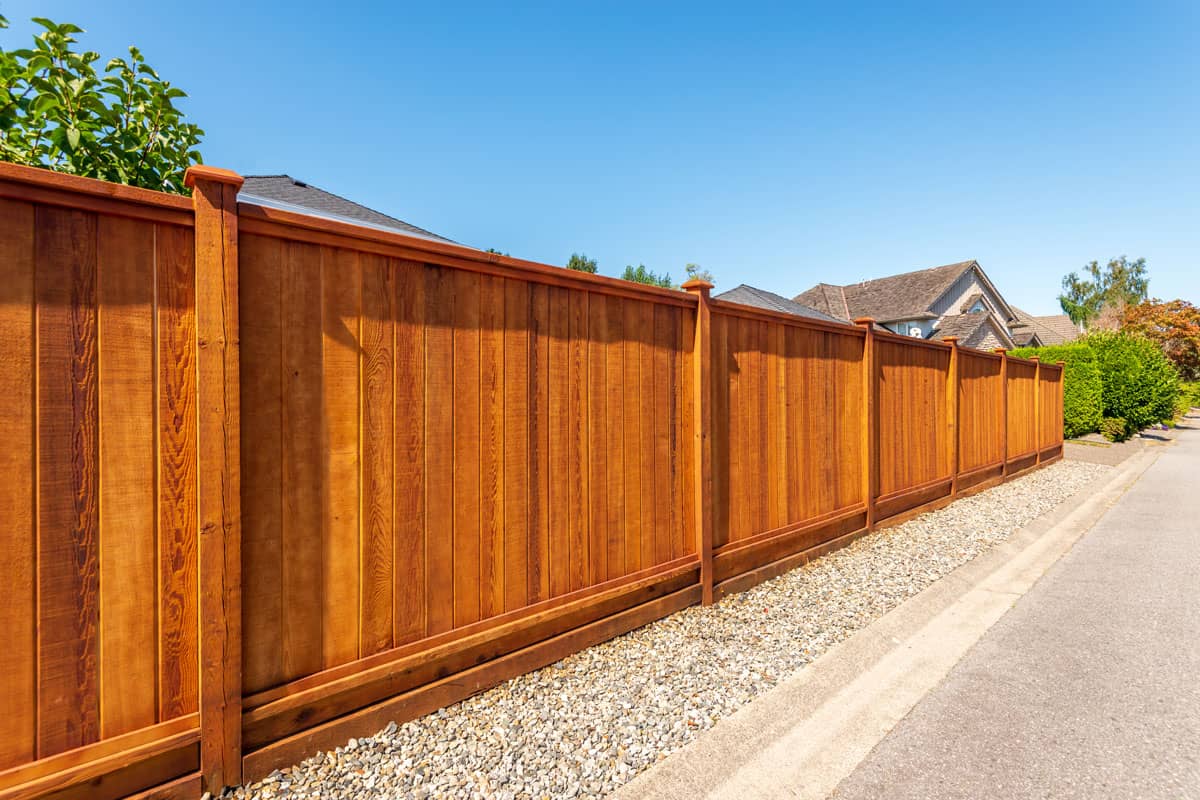
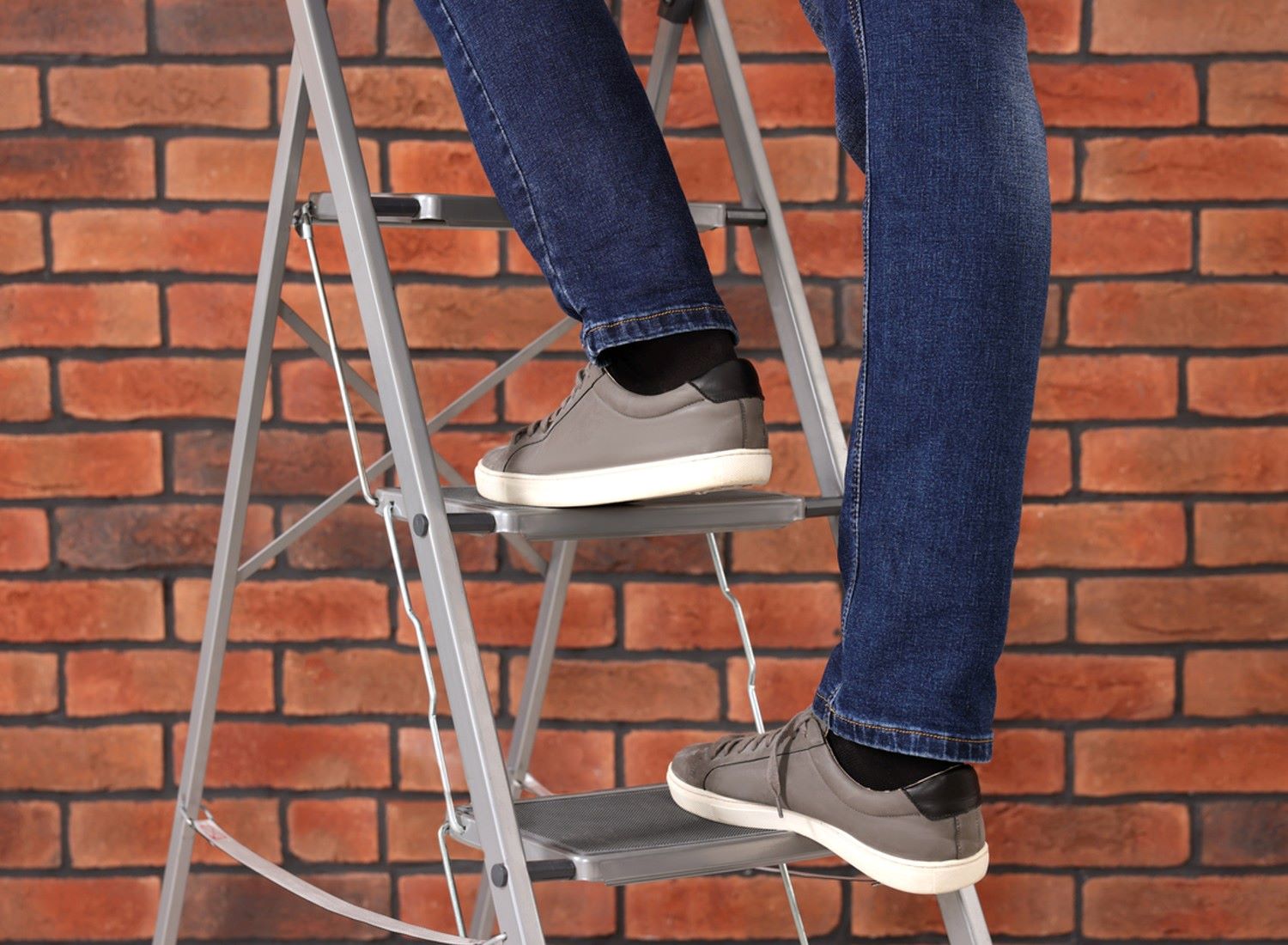
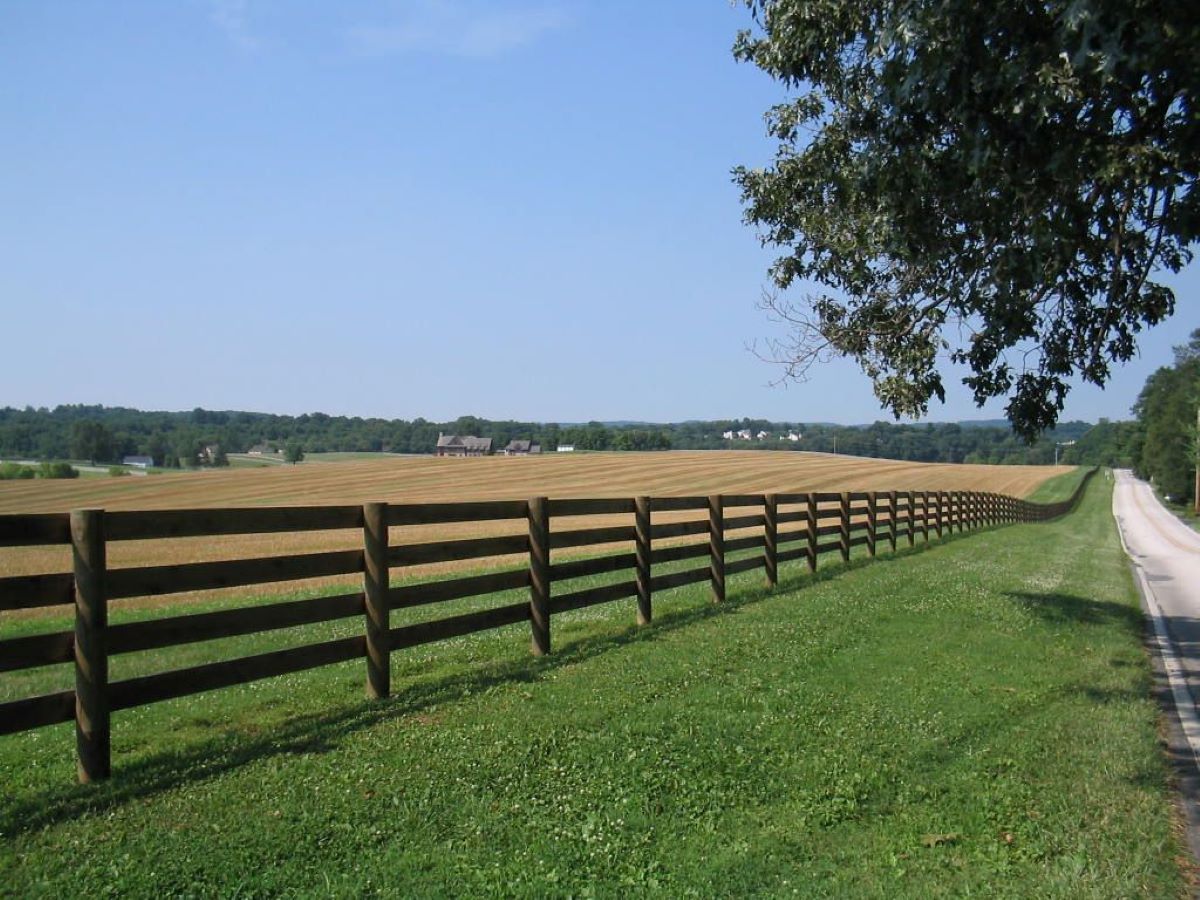
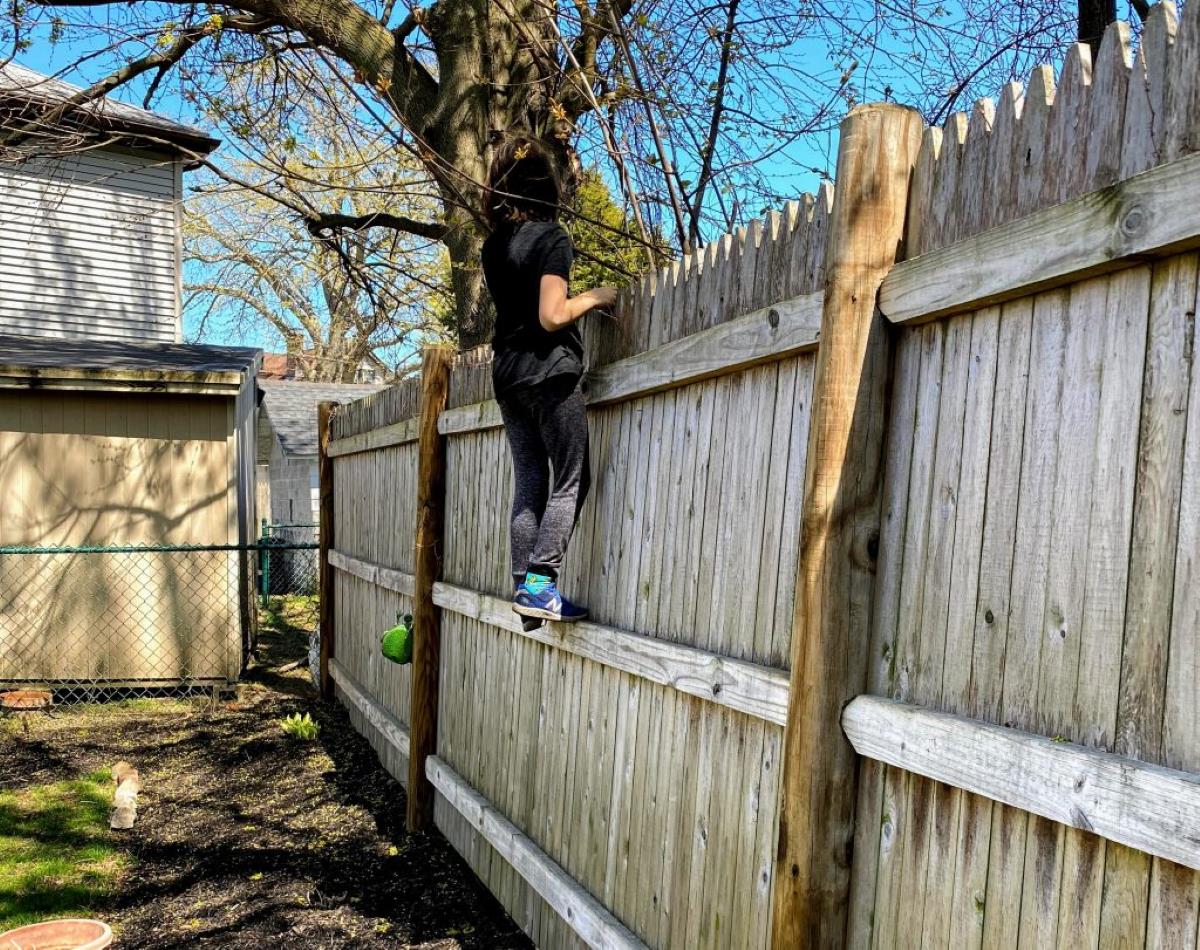
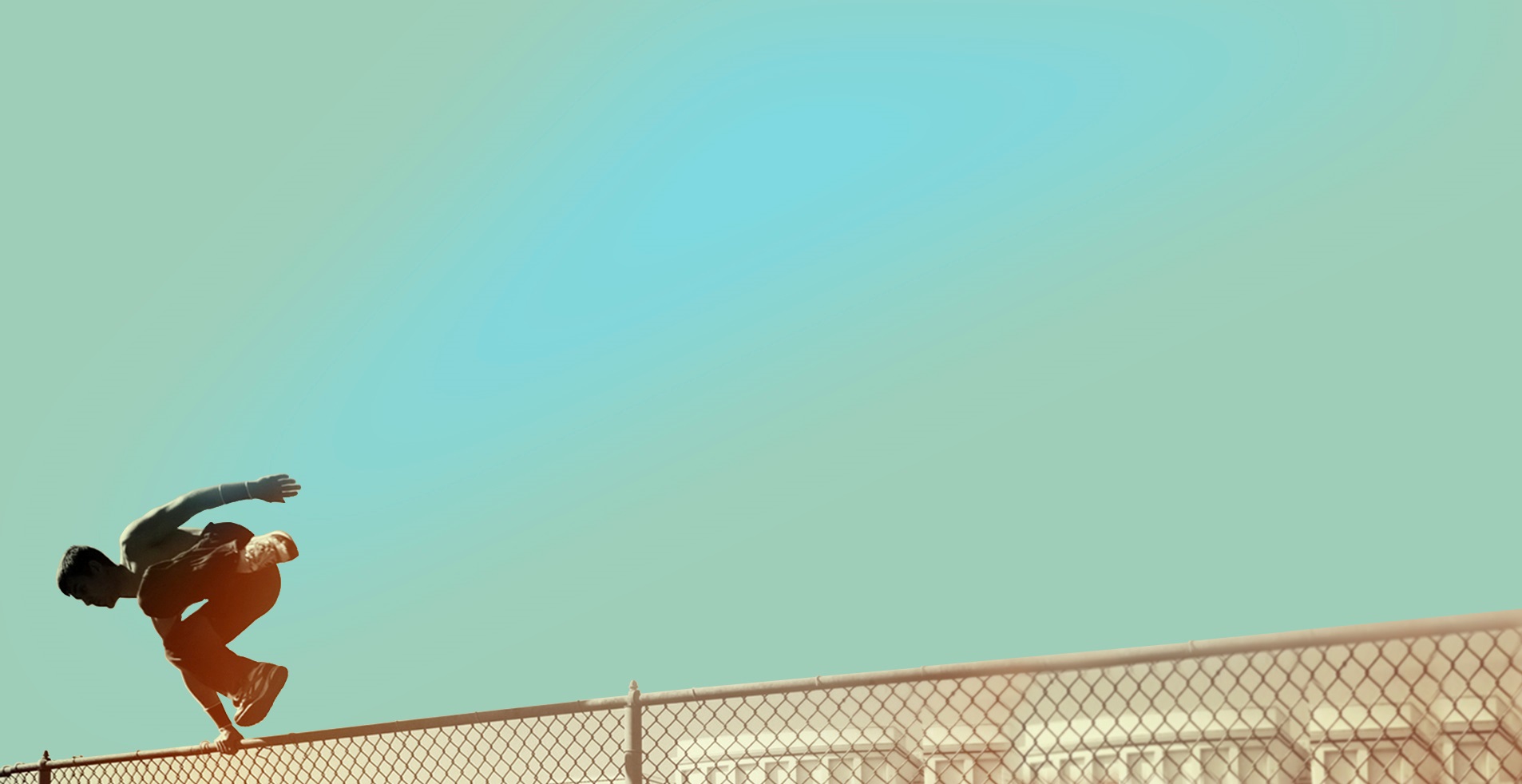
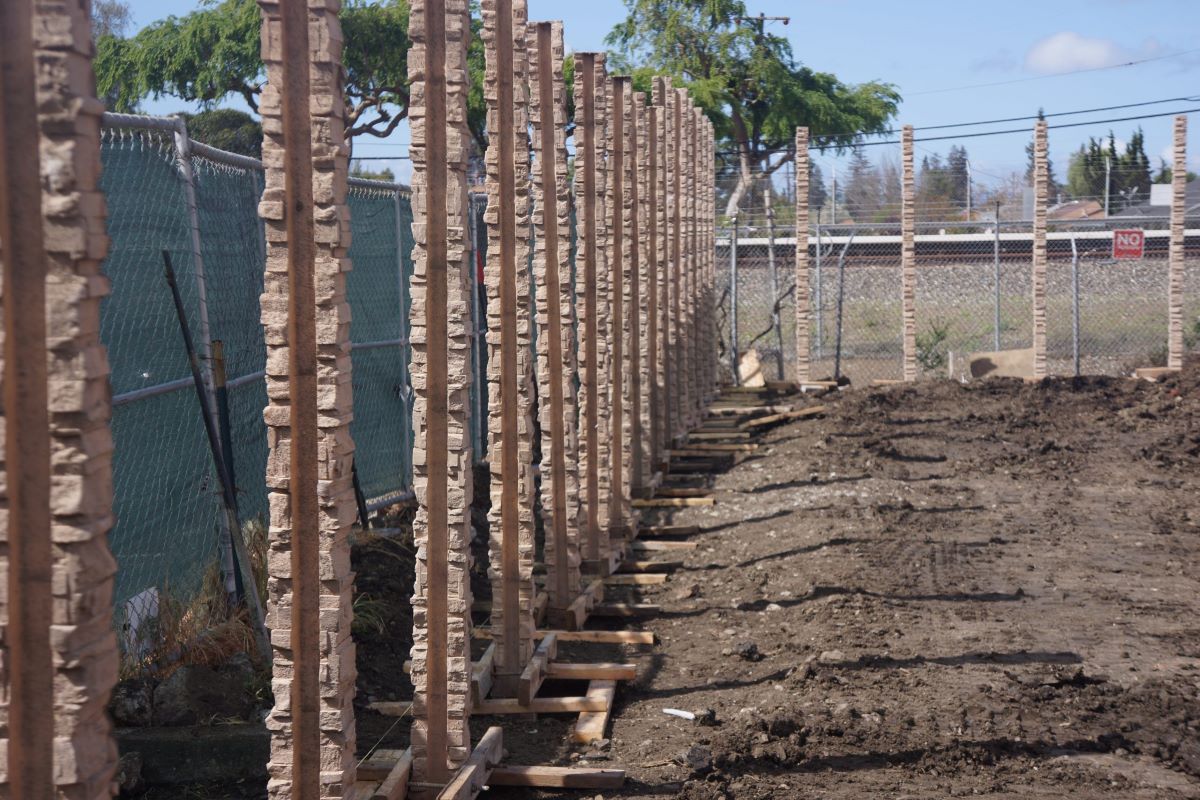
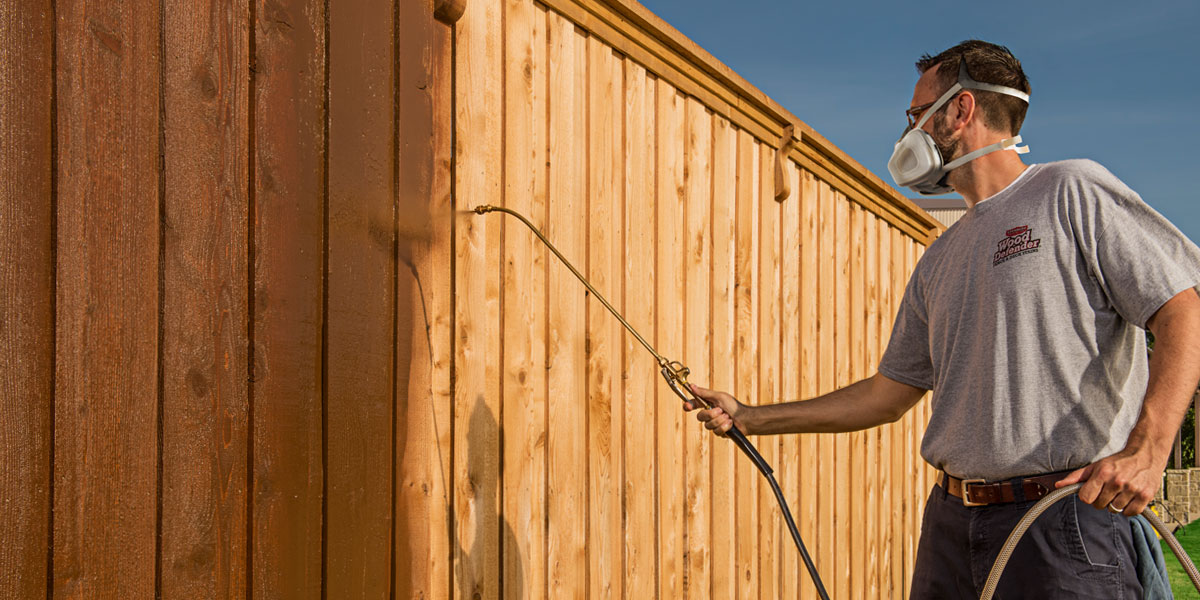
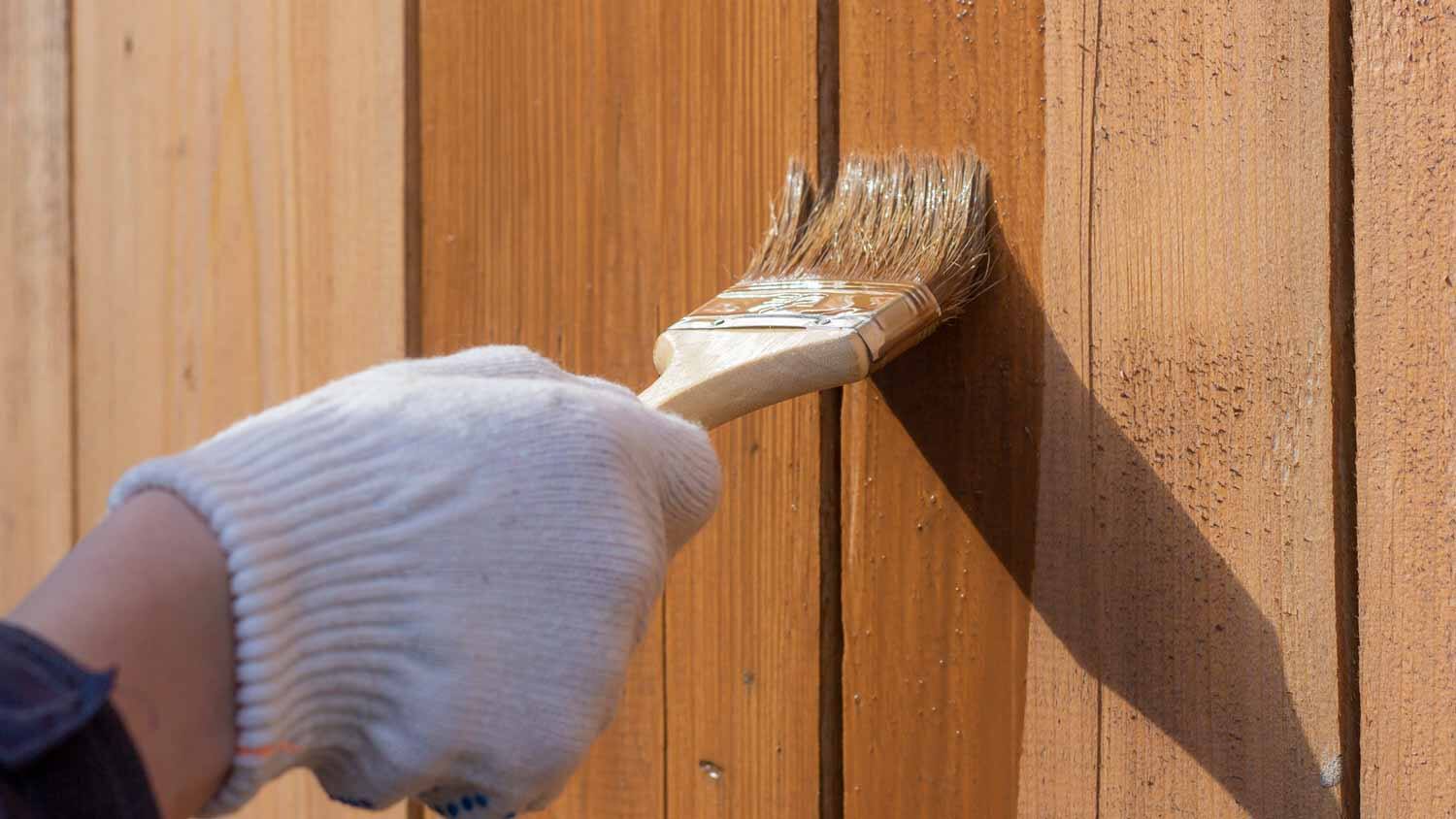
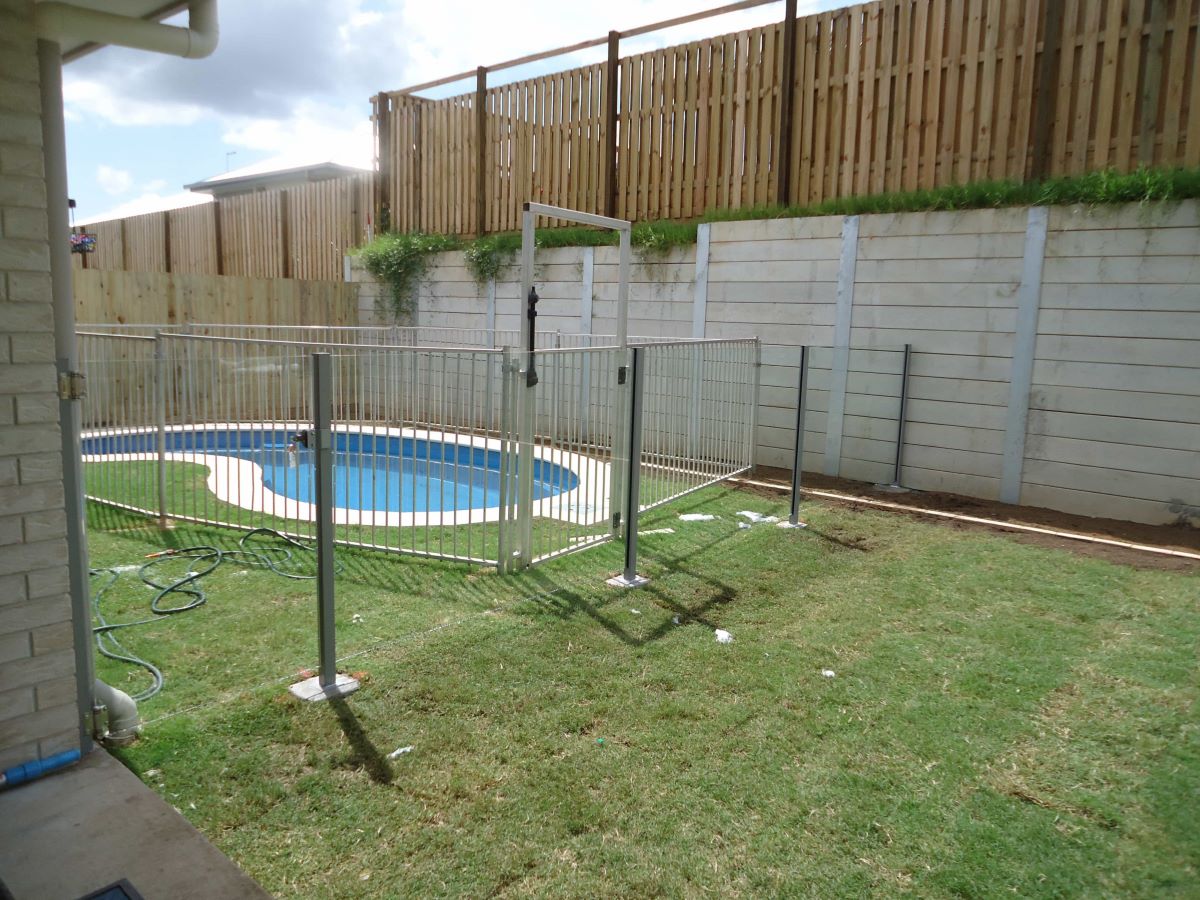

0 thoughts on “How To Brace A Fence”